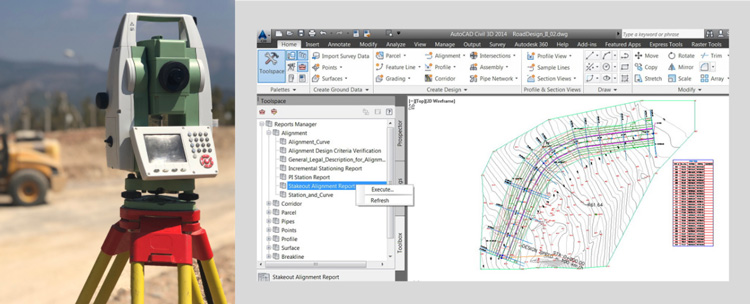Differential Global Positioning System (DGPS) is a current breakthrough in the technology of surveying and is without the disadvantages of previous techniques, thus enabling us to perform the survey with sub- centimetre accuracy.
Drone is an unmanned aerial and highly manoeuvrable vehicle. Retrofitted with a powerful camera and sensors the drone is capable of capturing each and every crevice of the land. It enables us to capture extensive topographical data that is capable of providing the clients with detailed information regarding their land, such as the elevation, size and descriptive illustrations of all the components it entails, natural or man-made.

